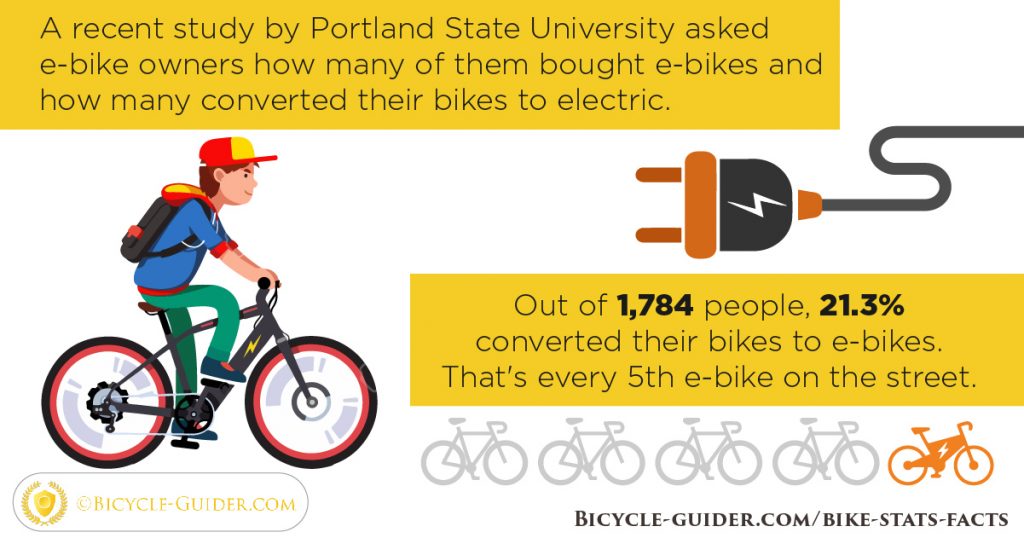A Comprehensive Overview For Beginners On E-Bike Regulations And Regulations In Your Area
A Comprehensive Overview For Beginners On E-Bike Regulations And Regulations In Your Area
Blog Article
Material Author-Perkins Hebert
Prior to you hop on your e-bike and struck the streets, it's important to comprehend the regulations and regulations that govern your city. From rate limits to assigned riding areas, there's a lot to think about to ensure you're compliant and safe. By acquainting on your own with the policies details to e-bikes, you'll be better outfitted to enjoy your experiences without any unanticipated lawful problems. Keep tuned to find essential understandings that will certainly aid you navigate the e-bike landscape in your city effortlessly.
Comprehending E-Bike Classification
When it pertains to navigating the world of e-bike regulations and laws, an important beginning point is comprehending the classification system that classifies these electrical bikes. E-bikes are usually identified right into three main categories: Class 1, Course 2, and Class 3.
Class 1 e-bikes are pedal-assist only, suggesting they provide assistance while the motorcyclist is pedaling and have a maximum speed of 20 mph. These bikes are allowed in areas where conventional bicycles are permitted.
Class 2 e-bikes are furnished with a throttle that can propel the bike without pedaling. They also have a maximum speed of 20 mph and appropriate for riders who may need help without pedaling constantly.
Class 3 e-bikes resemble Course 1 however with a higher maximum speed of 28 miles per hour. These bikes are typically limited from particular bike paths or tracks because of their greater rates.
Recognizing these categories is necessary for abiding by neighborhood laws and making sure a safe and delightful e-biking experience.
Browsing Speed Limitations and Constraints
To effectively browse e-bike laws and guidelines, it's crucial to recognize the speed limits and constraints that relate to different classes of electric bikes.
Rate restrictions for e-bikes vary depending on the classification of the bike. https://www.cyclingweekly.com/fitness/its-e-bike-week-on-cycling-weekly-join-us-for-a-week-of-electric-bike-tips-advice-and-know-how -bikes, which are pedal-assist only and have a maximum speed of 20 miles per hour, are typically permitted on bike lanes and courses.
Class 2 e-bikes, which have a throttle in addition to pedal-assist and also reach rates of up to 20 mph, may be restricted in particular areas where motorized vehicles aren't allowed.
https://fat-ebike32086.blogofchange.com/33619780/e-bike-classifications-explained-comprehending-the-ramifications-of-each-category -bikes, with pedal-assist up to 28 miles per hour, are generally called for to comply with the very same rules as typical bicycles.
It is necessary to adhere to these rate restrictions and constraints to ensure your safety and security and the security of others when driving. Prior to riding your e-bike, acquaint yourself with the certain guidelines in your city to avoid any prospective penalties or legal problems.
Where to Ride Your E-Bike
To figure out where you can ride your e-bike, it's vital to understand the policies and guidelines particular to your place. In most areas, e-bikes are generally enabled on roadways and streets where conventional bikes are permitted. This might consist of bike lanes, bike courses, and shared roads. Nonetheless, it's important to inspect neighborhood laws as some cities might have details constraints on where e-bikes can be ridden.
When riding your e-bike, constantly focus on security by complying with web traffic regulations and valuing pedestrian sidewalks. In addition, be mindful of any designated bike lanes or courses in your location and use them whenever feasible to ensure a smoother and safer adventure.
Some cities likewise have laws relating to e-bike usage on sidewalks, so see to it to familiarize on your own with these guidelines to stay clear of any kind of penalties or penalties.
Conclusion
Since you know with the regulations and policies surrounding e-bikes in your city, you can with confidence hit the trail knowing where you can ride and what restrictions relate to your e-bike classification. Remember to always prioritize security and adhere to the rules to ensure a smooth and legal trip. Satisfied riding!
